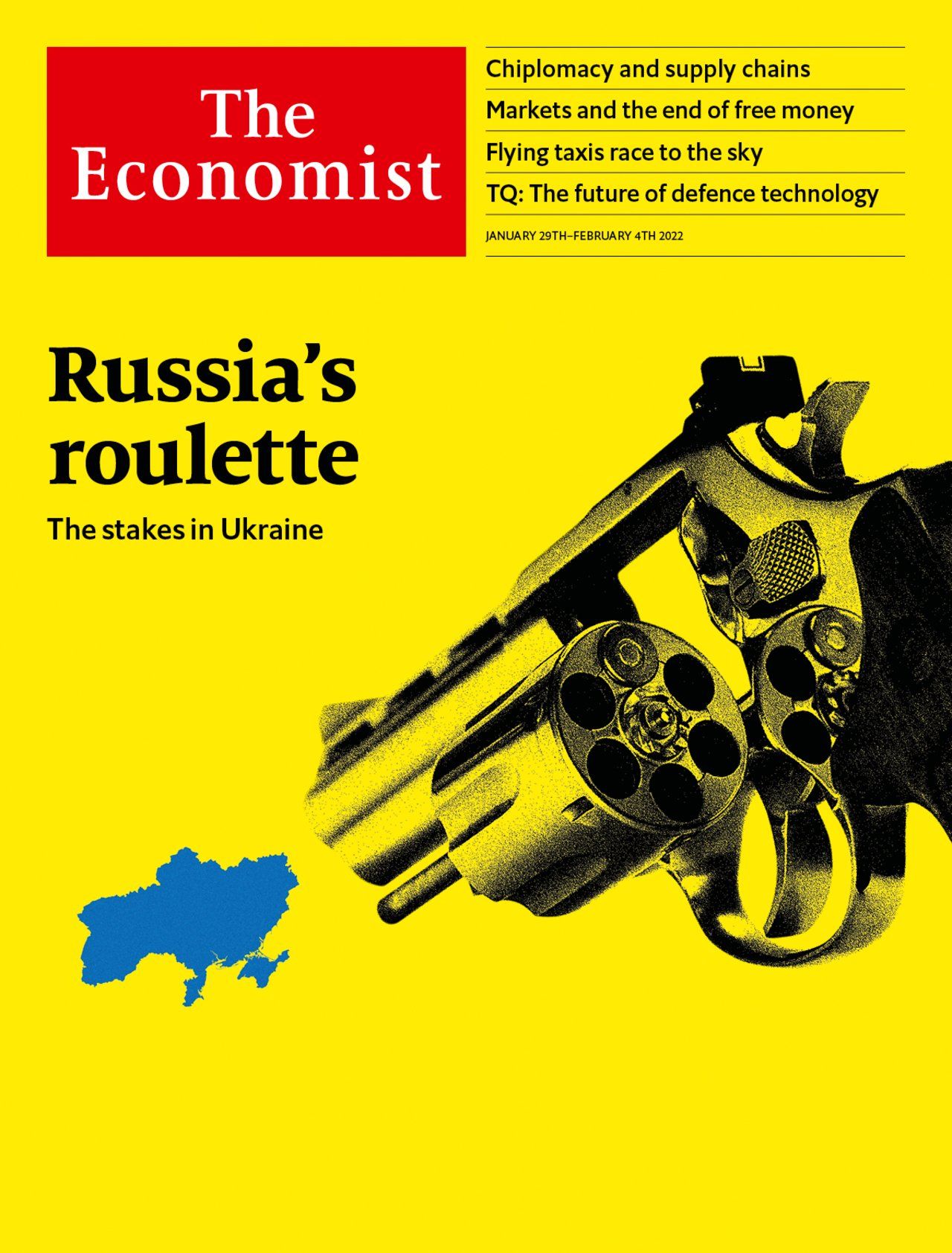Quantitative tightening is no substitute for higher interest rates
Reversing trillions of dollars of asset purchases may prove to be an unreliable tool

CENTRAL BANKERS almost everywhere are tightening monetary policy to fight inflation. Markets expect interest rates to rise by about a percentage point in America and Britain, and by a tenth of a point in the euro area, over the course of the year. But modern central bankers have more than one lever at their disposal. Many in the rich world are preparing to put into reverse the almost $12trn of quantitative easing (QE), or bond-buying, they have conducted during the pandemic. On January 26th the Federal Reserve said it would end QE soon and gave guidance for the first time about how it might shrink its balance-sheet, a process dubbed quantitative tightening (QT). Reversing trillions of dollars of asset purchases might seem like a powerful way to contain inflation. In fact QT will be an unreliable tool.
This article appeared in the Finance & economics section of the print edition under the headline “From QE to QT”
Finance & economics January 29th 2022
More from Finance & economics

Europe’s economic growth is extremely fragile
Risk is concentrated in one country: Germany

How vulnerable is Israel to sanctions?
So far, measures have had little effect. That could change

Why companies get inflation wrong
Bosses should pay less attention to the media
What is behind China’s perplexing bond-market intervention?
The central bank seems to think the government’s debt is too popular
How to invest in chaotic markets
Contrary to popular wisdom, even retail investors should pay attention to volatility
Vladimir Putin spends big—and sends Russia’s economy soaring
How long can the party last?
